Yongcheondonggul Cave [UNESCO World Natural Heritage Site] (용천동굴 [유네스코 세계자연유산])
15.2Km 2020-11-27
Woljeong-ri, Jeju-si, Jeju-do
+82-1600-0064
Yongcheondonggul Cave is the most typical form of lava tunnel on Jeju Island and with a total length of approximately 2,470 meters, it is one of the largest. It has a unique topology and rich limestone formations such as lava terrace, lava shelves, lava waterfalls, and 140 meters of lava rolls. In particular, a range of carbonate formations such as straw soda, stalactite, columns, flowstones, cave corals, and aragonite crystals can be found inside this large cave that also contains a lake. This unique cave is astounding in terms of its geological value and beauty. There are also items that can be found throughout the cave that appear to have been brought in by people who lived on the island long ago, such as pieces of pottery, animal bones, ironware, charcoal and other substances.
* The UNESCO World Heritage inscribed Geomunoreum Lava Tube System consists of Bengdwigul, Manjanggul, Gimnyeonggul, Yongcheondonggul and Dangcheomuldonggul Caves.
Dangcheomuldonggul Cave [UNESCO World Natural Heritage Site] (당처물동굴 [유네스코 세계자연유산])
15.3Km 2020-04-23
Woljeong-ri, Gujwa-eup, Jeju-si, Jeju-do
+82-1600-0064
Dangcheomuldonggul Cave, located in Jeju, is a lava tube estimated to have been formed some 320,000 years ago due to volcanic activity; it is located approximately 3 kilometers underground. With no entrance as such, the cave is not open to the general public and thus its original form remains preserved to this day, giving it a high geological value.
Although the Dangcheomuldonggul Cave is technically a lava tube, it resembles a limestone cave due to the secondary geological formations
of lime substances that have accumulated in the ground above the tube. The tunnel has a spectacular and mystical beauty with countless stalactites and stalagmites, as well as stalactite columns. The particularly thin stalactites and stalactic columns in this cave are well-known for their uniqueness and beauty. Although this is a relatively small lava tunnel, its exotic colors and the richness of the secondary topological formations make it extraordinary in terms of research value. This cave has been designated natural monument.
* The UNESCO World Heritage inscribed Geomun Oreum Lava Tube System consists of Bengdwigul, Manjanggul Cave, Gimnyeonggul, Yongcheondonggul and Dangcheomuldonggul Caves.
Savzak (사부작)
15.7Km 2024-01-11
3361-20 Beonyeong-ro, Pyoseon-myeon, Seogwipo-si, Jeju-do
Savzak serves a course meal carefully prepared with seasonal ingredients, with only a course menu, “Savzak.” It consists of six to seven dishes, including Jeju pork and radish soup; Damajjim, a dish of steamed seafood and pork; sweet and sour eggplant; grilled pollack roe; and skewers. Customers can enjoy diverse, high-quality dishes made with fresh ingredients and traditional Jeju liquors, such as omegi and gosori liquors. As it only accepts eight to ten customers daily, it operates on a reservation system. For same-day reservations, it is advised to check availability by phone before visiting.
Gimnyeong Seongsegihaebyeon Beach (김녕성세기해변 (김녕해수욕장))
17.0Km 2024-11-14
237 Gujwahaean-ro, Jeju-si, Jeju-do
The clear waters that are highlighted with cobalt-blue and the clean white sand of Gimnyeong Seongsegihaebyeon Beach steal the hearts of visitors every year. The beach is also popular with fishermen, who enjoy rope fishing from the rocks. This area is known to be good for catching striped beakfish and spotty belly greenlings. Not far from the beach is Manjanggul Cave, which offers a welcome escape from the daytime heat.
Starbucks Jeju Songdangpark R (스타벅스 더제주송당파크R)
17.1Km 2024-12-27
1189 Bijarim-ro Gujwa-eup, Jeju-si, Jeju-do
Korea's largest Starbucks Reserve exclusive store. Enjoy special coffee along with nature and culture
Starbucks Jeju Songdang R store is Korea’s largest Starbucks Reserve exclusive store. The store offers views of Hallasan Mountain and Jeju Stone Park, so you can leisurely enjoy the scenery of nature with various coffee beverages and foods in and out of the store. There are various specialty beverages, foods, and merchandise available only at the Jeju Songdang R store. As a Starbucks Reserve exclusive store, you can enjoy kinetic artwork representing coffee stories and an exhibition of photographer An Woong-chul's works in collaboration with the global camera manufacturer Leica.
Pyoseon Haevich Beach (표선 해비치 해변)
17.5Km 2025-01-08
Minsokhaean-ro, Seogwipo-si, Jeju-do
+82-64-740-6000
Pyoseon Beach in Seogwipo is a spacious beach, taking up more than 150,000 m². During low tide, the beach looks like an elegant circle, and it becomes a circular lake less than 1 meter deep during high tide, and displays many different colors. The beach is a great place for children to play and for watching the sunrise. The sand on the beach is formed out of broken shells, and sand baths are believed to be effective for people suffering from neuralgia. Every August, this beautiful beach hosts the Pyoseon White Sand Festival, which offers fun and colorful events. The beach is equipped with excellent amenities (a campground, abundant parking space, dressing rooms and shower rooms) and surrounded by nearby attractions, such as Seongeup Folk Village and Jeju Folk Village Museum.
Haevichi Hotel & Resort Jeju (해비치 호텔&리조트 제주)
17.8Km 2025-09-16
537, Minsokhaean-ro, Seogwipo-si, Jeju-do
+82-64-780-8100
Haevichi Resort is a luxury condo-style resort operated by Hyundai Group set within the cultural and natural landscape of Pyoseon on the eastern coast of Jeju Island. Rooms offer views of Hallasan Mountain and the ocean, as well as the 36-hole golf course, open to guests year-round. Additional amenities include an outdoor heated swimming pool, eight restaurant & bars, and children's entertainment facilities.
Haevichi Hotel (해비치 호텔)
17.8Km 2021-06-09
537, Minsokhaean-ro, Seogwipo-si, Jeju-do
+82-64-780-8100
Haevichi Hotel & Resort, a deluxe 5-star hotel in Jeju that opened on
May 24th, 2007, is a subsidiary of Hyundai Motor Group. The place has a total of 503 guest rooms (288 rooms in the hotel, 215 in resort) and is located in Pyoseon where the folk culture and the nature are well-preserved. As the nearest hotel to the beach, around 70% of the hotel’s guest rooms have a gorgeous ocean view. The hotel room is around 47 square meters, the largest in size in the country. Every guestroom has a king-sized bed offering the most comfortable and quality accommodation for the guests.
The hotel also has 6 ballrooms, big and small, which when combined, offers the biggest capacity in Jeju as a
single hotel accommodating 14 different conferences and 2,740 people at the
same time. Other facilities include a café, bar, fitness center, swimming
pools, a winter garden, a spa, and such high-end restaurants as Summora, Hanoru, Iidy and Bar 99.
Lumiverse: Island of Light (빛의 섬 루미버스)
17.8Km 2025-07-14
631-34 Minsokhaean-ro, Pyoseon-myeon, Seogwipo-si, Jeju-do
Lumiverse: Island of Light is an evening theme park set in a Jeju folk village as a local-hip cultural entertainment attraction. A gigantic multimedia show and characters inspired by Jeju's folklore bring the night alive. The attraction's name is a portmanteau of "Lumi," wich means light in Latin, and "-verse" from the word "univserse," and is a brand that aims to recreate Jeju's mythical world with lights and arts. Visitors are invited to enjoy the evening with Jeju's mythical gods and goddesses, including the legendary guardian goddess Elderly Mago. The attraction is divided into seven illuminated themed zones, each focusing on one of the seven gods and goddesses. Each theme is decorated using lights, artworks, sound effects and narratives that are sure to enchant one's mind.
Jeju Folk Village (제주민속촌)
17.8Km 2025-03-17
631-34 Minsokhaean-ro, Pyoseon-myeon, Seogwipo-si, Jeju-do
Jeju Folk Village reproduces the old life of Jeju in the 19th century. More than 100 traditional Jeju houses and folk culture are being recreated and exhibited through archival research. The village is planted with local trees and flowers from Jeju and Korea, so visitors can enjoy flowers in all seasons. It features themed exhibition halls, model houses, and traditional folk games, attracting numerous visitors.

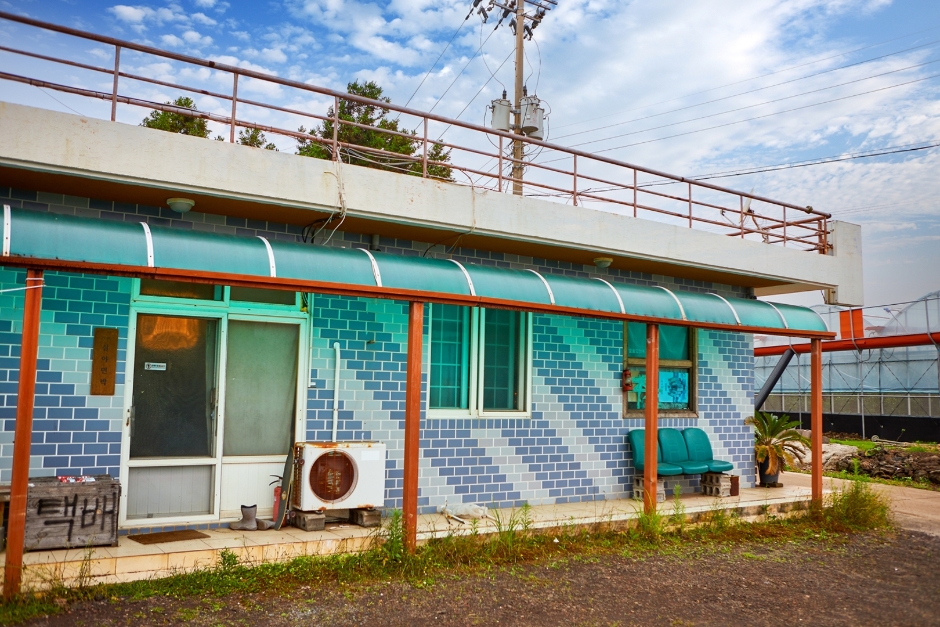
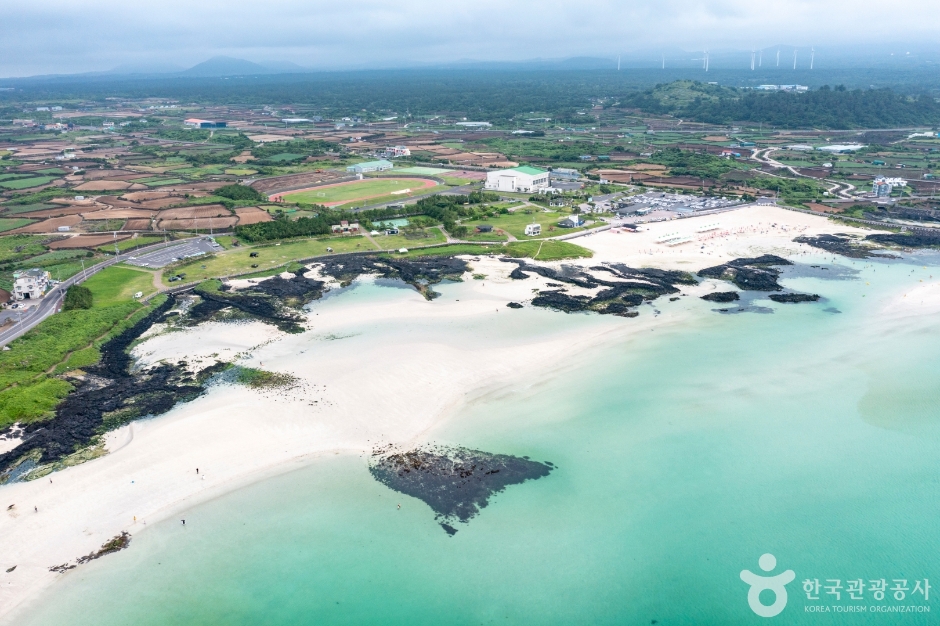
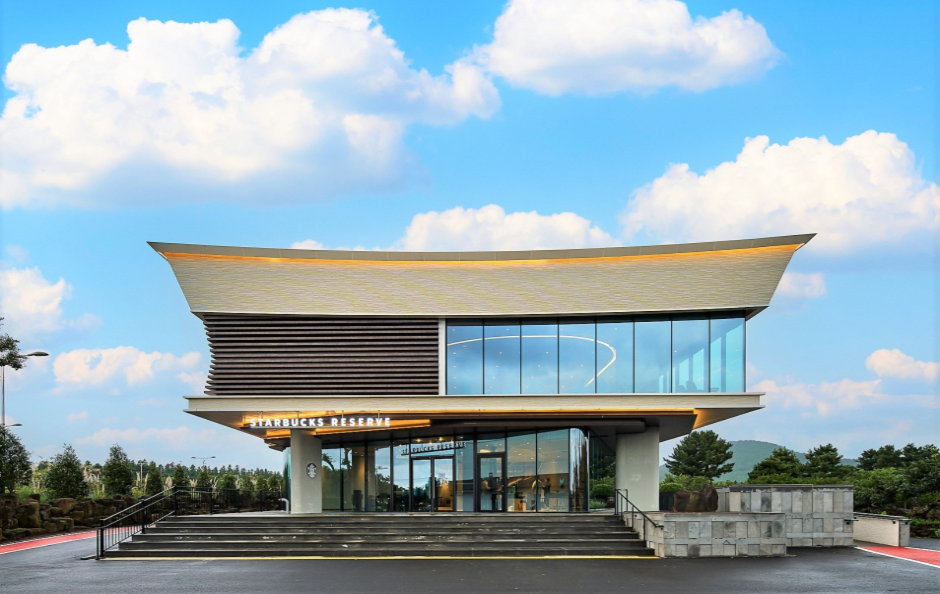
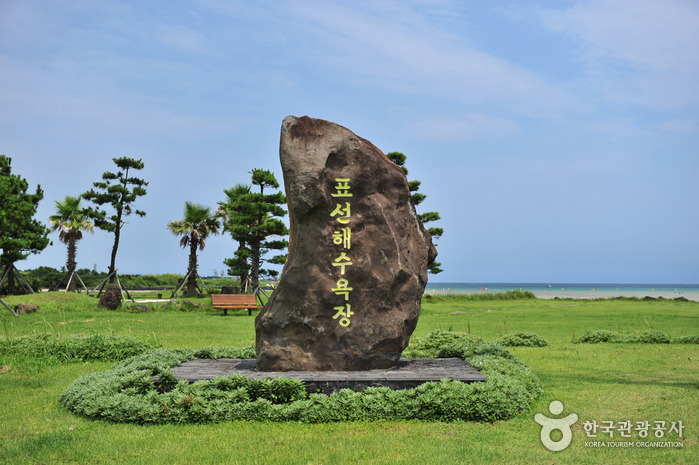
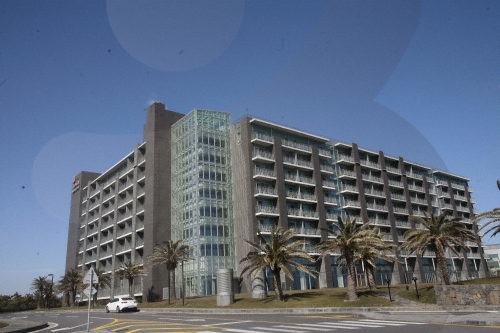
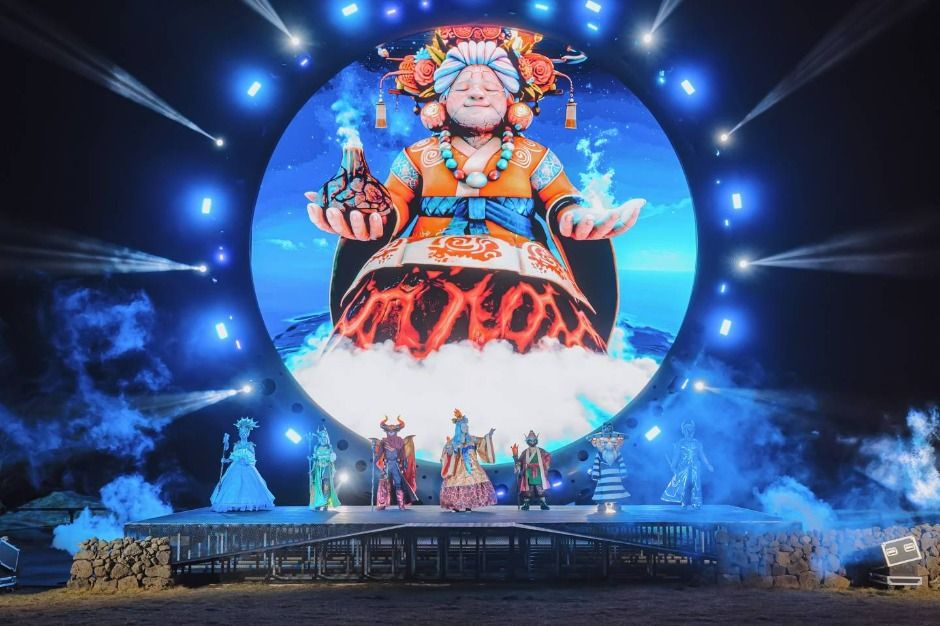
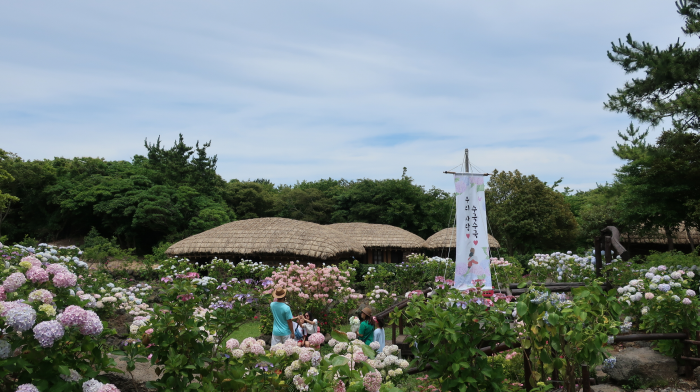
 English
English
 한국어
한국어 日本語
日本語 中文(简体)
中文(简体) Deutsch
Deutsch Français
Français Español
Español Русский
Русский